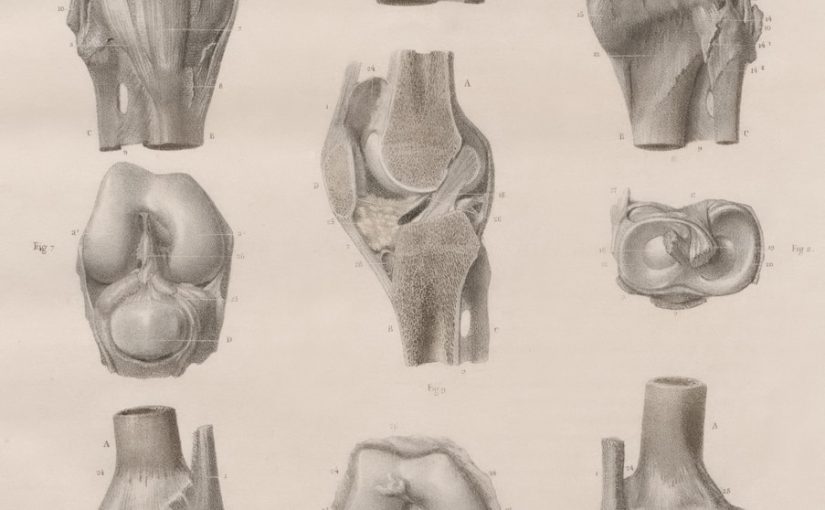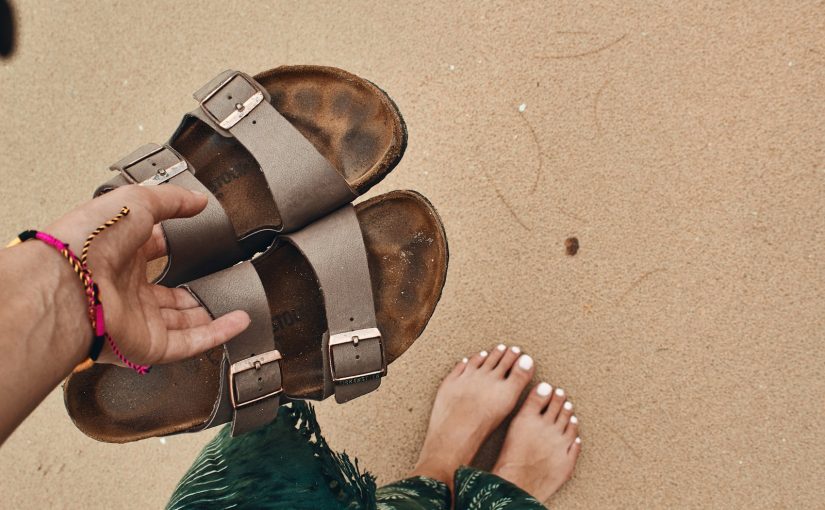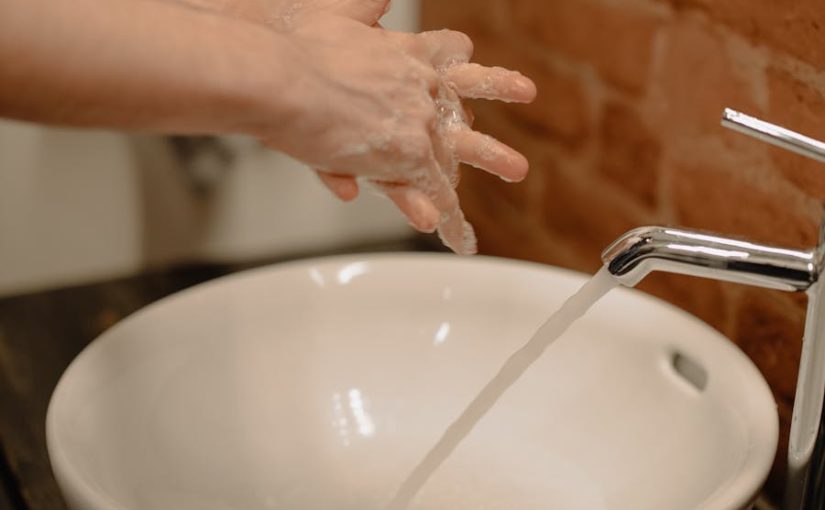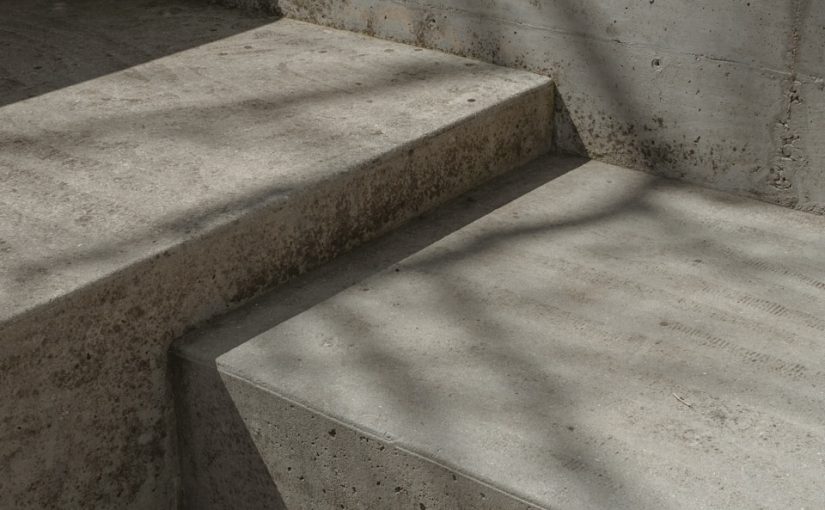Every knee injury or surgery can bring life’s activities to a sudden stop, from walking with ease to enjoying favorite sports. As people look for the best ways to recover, evidence-based knee rehabilitation is changing what comeback stories look like. But with endless advice out there, it can be tricky to know what actually works and what’s just a passing fad.
Let’s step into today’s science-driven world of knee rehabilitation. Guided by real proof, technological tools, and personal plans, recovery is becoming smarter—and with these changes, recovery is more successful and reliable than ever. This guide aims to clear up confusion, focus on what truly helps, and share real-world steps for healthier knees.
Understanding Evidence-Based Knee Rehabilitation
Evidence-based knee rehab means your recovery plan is designed using solid, proven findings. Rather than sticking to old routines or guesses, this method focuses on practices that research actually supports. Physio clinics blend the latest studies, expert experience, and your unique needs to design a plan that is both safe and effective.
In short, evidence-based care combines several essentials:
- Careful study of up-to-date research.
- Insight from skilled professionals like physiotherapists and orthopedic doctors.
- Customized plans built around each person’s unique medical history, challenges, and recovery goals.
When these pieces come together, recovery happens faster and with less guesswork—it helps avoid setbacks and gives people better chances of returning to what they love.
Why a Science-Based Approach Counts in Rehab
Knee problems are common, whether you are an athlete, sit at a desk all day, or simply growing older. Surgery for knee issues is also on the rise. If rehab isn’t up to date or personalized, people risk slower recoveries and the possibility of ongoing pain or even more injuries later.
Science-driven knee rehab is about using proven strategies that lead to measurable progress. Patients who follow these approaches often see:
- Faster progress toward normal movement and everyday life.
- Less pain, less stiffness, and a much lower risk of harming the knee again.
- Higher confidence and happiness with results.
- Better value for effort and health spending.
The Main Components of Effective Knee Rehabilitation
1. Exercise—Still the Top Solution
Exercise is at the heart of most successful knee rehab programs. Things like strengthening exercises (especially for the thighs and hamstrings), stretching, balance training, and rebuilding movement skills are all proven winners.
- Recent research shows nearly all exercise routines—cycling, using weights, or simple aerobics—have a big impact: they lower pain, speed up function, and make life better for most knee injuries or after surgery.
- The best results happen when plans are made just for you. Cookie-cutter routines just do not offer the same kicking power.
2. Harnessing the Power of Tech and Remote Support
Modern rehab is no longer limited to clinic visits. New technologies make it possible for people to do rehab at home using online tools, video chats, or even wearable devices. These allow experts to track your progress or give advice even from a distance.
- Research shows that many people get the same, or even better, results by doing their knee rehab at home, when guided by experts online. It’s convenient and often saves time and money.
3. New Biological Techniques
Scientists keep discovering new ways to help tough cases. Treatments such as platelet-rich plasma (PRP) injections or advanced cartilage repairs are making waves for people with major injuries or arthritis.
- While results look promising, it’s important to know these methods still need more large studies before they become standard care.
Hot Topics and Questions in Knee Rehab
What’s the Best Exercise Routine?
Physical therapists now fine-tune exercise length and effort for the best results. Some research points to intense training being more effective, but lighter programs are often just as helpful. Activities like cycling or aerobics work really well for easing pain, and gentler classes, like yoga, can enhance flexibility and loosen tight joints.
Do Braces and Other Tools Help?
Braces and pool therapy can reduce pain or stiffness, but work best when they’re added to a steady exercise routine—not used alone. Hands-on treatments like massage or ultrasound don’t deliver lasting results unless paired with active exercise.
What Role Does Technology Play?
Tele-health and smart devices keep people motivated and allow experts to support them at a distance. Challenges remain, like helping everyone learn to use these online tools and keeping data safe. Still, nothing beats having a professional check-in, especially in the early stages or if the injury is complex.
Common Obstacles Along the Road to Recovery
Even with great resources, recovery can be challenging. Not all patients follow their plan, find it easy to build new habits, or enjoy the same home resources and support. Sometimes, what works in a research study doesn’t translate perfectly to daily life. On top of that, differences in health background or mindset can mean one method helps hugely while another person needs to adjust their plan to make it work.
Tips for Achieving the Best Outcome in Knee Rehab
- Start soon and step up slowly: Get moving as quickly as your doctor says it’s okay. Even simple ankle pumps or gentle muscle activities early on can make a real difference.
- Make the plan your own: Insist on a personal evaluation and a program shaped for you, not someone else’s injury or timetable. Adjust your program as progress happens.
- Keep showing up: Whether appointments are at home or at the clinic, doing your exercises at least several times per week is the key to getting better results.
- Find support: Try classes, group rehab, or use apps and wearables—as many clinics do—to stay on track and gather encouragement.
- Lean in, don’t just receive: While massages, ice, or heat feel good, real changes happen through active effort and participation.
- Keep in touch: Always speak up if something doesn’t feel right—let your healthcare provider know right away to prevent problems before they start.
Thanks to proven strategies, advanced technologies, and expert advice, today’s evidence-based knee rehab helps more people move beyond injury and back to strong, enjoyable living. As new research keeps coming and clinics adopt the latest advances—including hands-on and remote guidance—the future is bright for anyone working toward better knee health.
Healing isn’t always a straight line. But guided by solid, up-to-date science and personal effort, every step taken is a big move toward lasting confidence and mobility. Choose a smart recovery plan, take part fully, and start building back a stronger bone—with every step both safe and supported.










